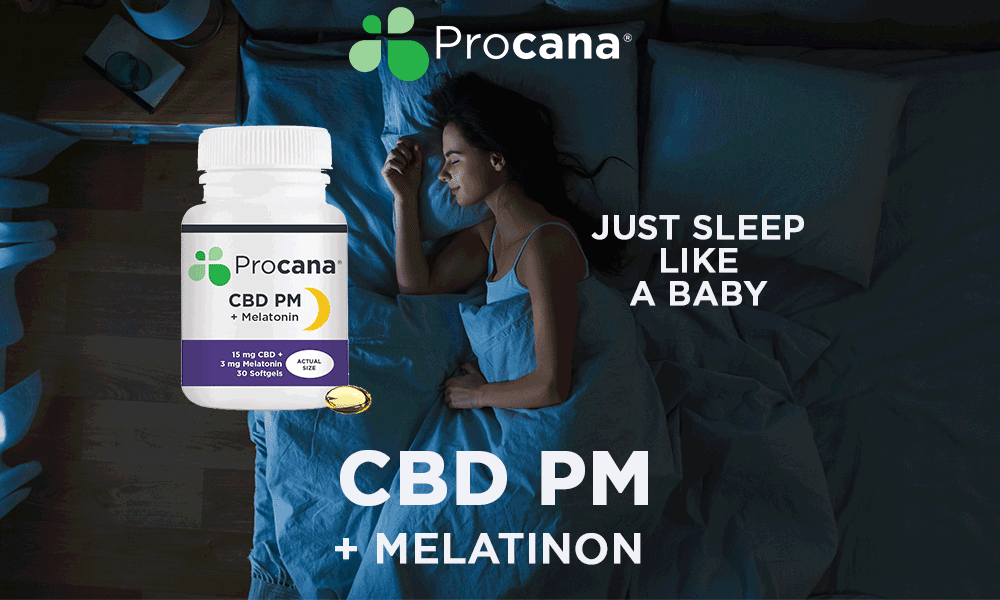Main Cannabinoids:
- Tetrahydrocannabinol (THC)
Tetrahydrocannabinol is a Psychoactive cannabinoid that is abundantly found in Marijuana as defined as containing more than .3% THC. - Cannabidiol (CBD)
Cannabidiol is a Non-Psychoactive cannabinoid and is one of the more abundant molecules in both marijuana and hemp plant strains. - Cannabichromene (CBC)
Cannabichromene is a Non-Psychoactive cannabinoid found in lower levels of both marijuana and hemp plants. - Cannabigerol (CBG)
Cannabigerol is a Non-Psychoactive cannabinoid found in lower levels of both marijuana and hemp plants. CBG is the parent molecule from which other cannabinoids are synthesized. - Cannabinol (CBN)
Cannabinol is a mildly psychoactive cannabinoid found only in trace amounts in marijuana and hemp plants and is mostly found in aged Cannabis.
What is Hemp vs. Cannabis Extract?
Hemp Plant Extract is derived from Agricultural Hemp, according to the Farm Bill of 2014 contains less than .3% THC by dry weight. One of the major phytocannabinoid molecules of Hemp is the non-psychoactive counterpart, Cannabidiol “CBD”.
Cannabis Plant Extract is derived from Marijuana, contains a prominent trace of Tetrahydrocannabinol “THC”, a psychoactive molecule, and in some strains include ratios of its non-psychoactive counterpart “CBD” Cannabidiol.
Also read: What Is CBD Cannabidiol?







